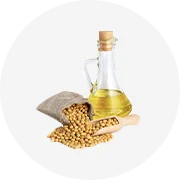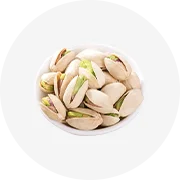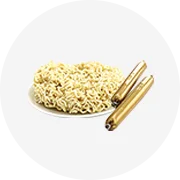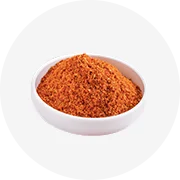Introduction to Export Spice
Export spice refers to a wide variety of aromatic substances derived from plants, utilized globally for their flavor, fragrance, and preservative properties. The demand for high-quality spices has surged in recent years, driven by the culinary industry's quest for authentic flavors and the growing interest in global cuisine. With countries around the world specializing in the cultivation and export of various spices, understanding their types, applications, features, and advantages becomes paramount for businesses aiming to harness the potential of export spice in their products.
Types of Export Spice
- Whole Spices: These are the natural, unprocessed forms of spices such as whole cloves, cinnamon sticks, and star anise. They offer long shelf lives and robust flavors when ground fresh.
- Ground Spices: Finely powdered forms of spices like turmeric, cumin, and paprika. They are convenient for immediate use in recipes.
- Blended Spices: These are mixtures of various spices, commonly referred to as spice blends, such as curry powder and garam masala, catering to specific regional cuisines.
- Organic Spices: Cultivated without synthetic pesticides or fertilizers, organic spices meet the rising consumer demand for organic and natural products.
Applications of Export Spice
- Culinary Uses: Spices are essential ingredients in cooking, enhancing the flavor of dishes across diverse cuisines—from Indian curries to Mediterranean dips and Latin American salsas.
- Preservation: Certain spices have natural antibacterial properties that help preserve food, making them ideal for processing and packaging in the export industry.
- Health Benefits: Many spices contain antioxidants and anti-inflammatory properties, leading to their increased use in functional foods and supplements.
- Aromatherapy: Some spices are used in essential oils and fragrances, contributing to the wellness and beauty industries.
Advantages of Export Spice
- Diverse Flavor Profiles: Export spices provide an extensive range of flavors, enabling chefs and food manufacturers to create unique and authentic dishes tailored to specific palates.
- High Demand: The global spice market is booming, with increasing interest from both consumers and food professionals, presenting lucrative opportunities for exporters.
- Long Shelf Life: Most dry spices have an extended shelf life, reducing wastage and allowing businesses to manage inventory effectively.
- Market Versatility: Export spices cater to various industries, including food and beverage, cosmetics, and pharmaceuticals, making them highly adaptable products.
How to Choose Quality Export Spice
- Source and Origin: Always check the source of the spices. Regions known for specific spices often yield superior quality; for example, Ceylon cinnamon from Sri Lanka is regarded as the finest.
- Appearance: High-quality spices should have vibrant colors, intact forms, and an aromatic scent, indicating freshness and potency.
- Packaging: Proper packaging helps preserve flavor and freshness. Choose spices that are packaged in airtight containers or vacuum-sealed bags.
- Certification: Look for certifications like USDA Organic or fair trade, which not only ensure quality but also promote ethical sourcing practices.














































































































































































































































































 浙公网安备 33010002000092号
浙公网安备 33010002000092号 浙B2-20120091-4
浙B2-20120091-4